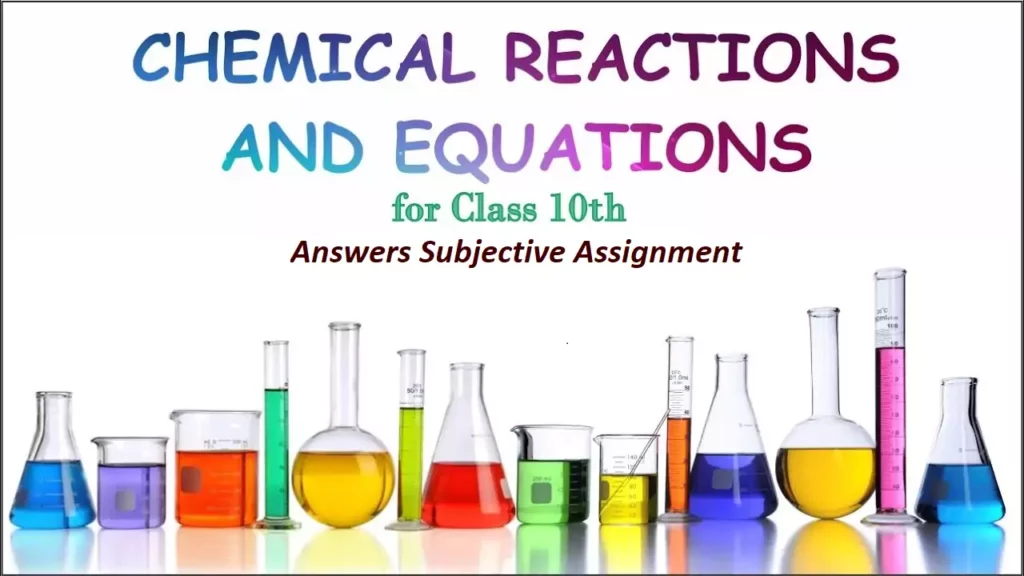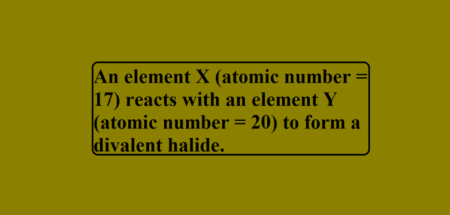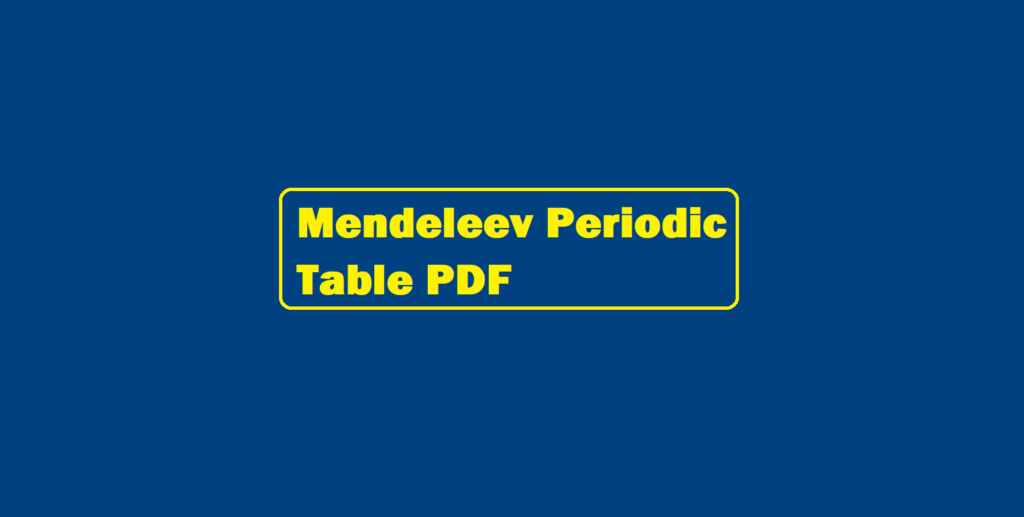Answers Subjective Assignment Chemical Reactions and Equations
Ans 51. When lime water sticks on walls react with CO2 of air to forms a layer of CaCO3 which is white in colour.
Ans 52. Both burning of Fuel and food are oxidation reaction, in burning of fuel CO2 and heat is released and in burning of Food, A.T.P. energy and CO2 are formed.
Ans 53. Rusting is avoided in stainless steel because it is an alloy.
Ans 54. In the cracker explosion, on burning fuel or material like charcoal, sulphur or potassium chloride reacts with oxygen in an oxidation reaction.
Ans 55. Iron is coated with zinc to protect it from direct contact of air and moisture to avoid rusting.
Ans 56. Platinum is a noble metal and has placed right to hydrogen, hence do not react with dilute sulphuric acid.
Ans 57. In the reaction of BaCl2 (aq) with NaCl(aq), BaSO4 (s) precipitate is formed which is heavy and insoluble in water
Ans 58. Yes, the silver nitrate solution reacts on heating with copper metal powder to form silver metal.
Ans 59. Magnesium plate provides electrons and avoids oxidation of Iron metal to protect heavy machines from rusting.
Ans 60. (i) Ferrous sulphate (FeSO4)
(ii) Decomposition reaction.
(iii) Ferric oxide (Fe2O3)
(iv) Sulphur dioxide (SO2)
(v) 2 FeSO4(s) + heat → Fe2O3(s) + SO2(g) + SO3 (g)
Ans 61. Fe2O3(s) + 2 Al(s) → Al2O3(s) + 2 Fe(s)
Use – To weld/join railway tracks.
Ans 62. Balanced equations are:
a). Al2(SO4)3 + 6 NaOH → 2 Al(OH)3 + 3 Na2SO4
b). 2 Cu2S + 3 O2 → 2 Cu2O + 2 SO2
c). AlN + 3 H2O → Al(OH)3 + NH3
Ans 63. (i) Nitrogen dioxide (NO2).
(ii) 2 Pb(NO3)2(s) + heat → 2 PbO(s) + 4 NO2(g) + O2(g)
(iii) Lead monoxide (PbO).
Ans 64. Respiration is the oxidation of food, during this process, energy is released as given in the following equation. C6H12O6 + 6 O2 → 6 CO2 + 6 H2O + energy. Thus, it is an exothermic reaction.
Ans 65. A yellow precipitate of lead iodide is formed.
Answers Subjective Assignment Chemical Reactions and Equations (Balancing the equations)
Ans 66. Balanced equation with reactant and products:
(i) 2 NaCl (aq) + Current → 2 Na(s) + Cl2(g)
(ii) Mg(s) + 2 HCI(aq) → MgCl2(s) + H2(g)
(iii) KCIO3(s) + heat → KCI(s) + O2 (g)
(IV) BaCl2(aq) + Na2SO4(aq) → BaSO4(s) + 2 NaCl(aq)
(V) Fe(s) + CuSO4(aq) → FeSO4(aq) + Cu(s)
Answers Subjective Assignment Chemical Reactions and Equations (Balancing the equations)
Subjective Assignment Chemical Reactions and Equations


